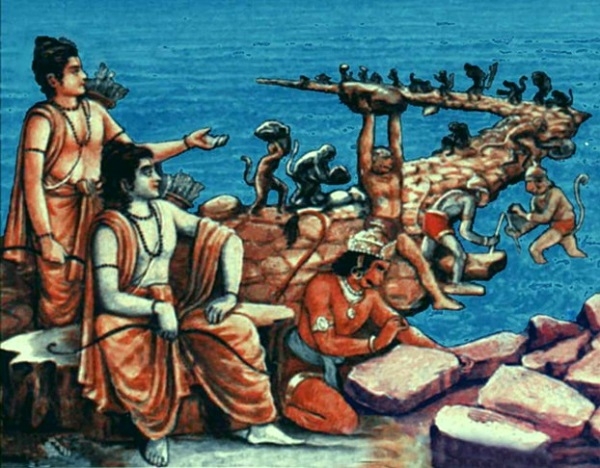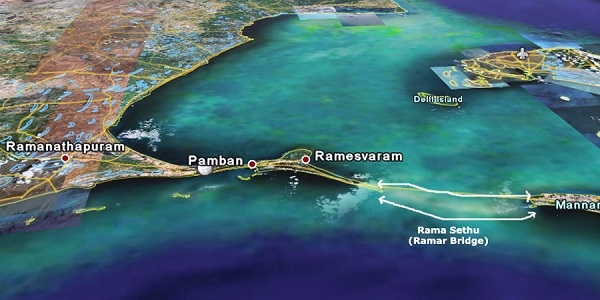Ram Setu history to be unveiled soon; ASI approves underwater research for the ancient site
Total Views |
New Delhi, Jan 16: The Archaeological Survey of India (ASI) has cleared a long pending research proposal involving the Ram Setu. The project involves an underwater exploration that is to determine the age of the Ram Setu and the process of its formation. The research will be initiated starting from this year itself. The Central Advisory Board on Archaeology, a body that functions under the ASI, has approved the project. The CSIR-National Institute of Oceanography, Goa had critically discussed the project being passed for approval.

Ram Setu, is often referred to with several names of Rama’s Bridge, Adam’s Bridge, Nala Setu and Setu Band. The structure is a chain of shoals between Pamban Island (Rameswaram Island) off the south-eastern coast of India and Mannar Island off the north-western coast of Sri Lanka. There are speculations regarding its formation and occurrence with no authenticate basis to any hypothesis whether suggesting a natural or any other cause for its formation. Over the years, there have been serious discussions among Archaeologists about the mystery of the Ram Setu which has finally resulted into ASI's approval for the underwater research of the ancient site.

CSIR's National Institute of Oceanography (NIO) Goa will be conducting the research in order to discover the process behind the formation of Ram Setu and also whether there are any submerged habitations around Ram Setu. The proposal that demanded for the underwater research of the site reads, “The historicity and the date of ‘Ramayana’ remain a debatable subject among historians, archaeologists and scientists. It is proposed to carry out scientific and underwater archaeological studies to understand the nature and formation of the Ram Setu and its surrounding area.”
समुद्र अनुसंधान संस्थान गोवा द्वारा तीन बिन्दुओं रामसेतु के निकट की प्रकृति,उसके निर्माण और क्षेत्रीय प्रभाव पर कार्य करने के लिए उच्चस्तरीय समिति से अनुमति माँगी थी जिसे महानिदेशक @ASIGoI ने अनुमति दी है @PMOIndia @JPNadda @incredibleindia @MinOfCultureGoI @tourismgoi @BJP4MP pic.twitter.com/diihxQc1uR
— Prahlad Singh Patel (@prahladspatel) January 14, 2021
Sedimentary samples will be collected from the site that will be found at 35 to 40 metres below the sea level, with the help of NIO's RV Sindhu Sadhana and RV Sindhu Sankalp. The geological evidence collected until now suggests that the chain of shoals between Pamban Island in Tamil Nadu of India and Mannar Island in Sri Lanka is a former land connection between India and Sri Lanka. The further research of the site will be based on the data initially compiled in this regard. According to NIO Director Prof Sunil Kumar Singh, the study will be based on archaeological antiquities, radiometric and thermoluminescence dating to geological timescale and other supportive environmental data.


